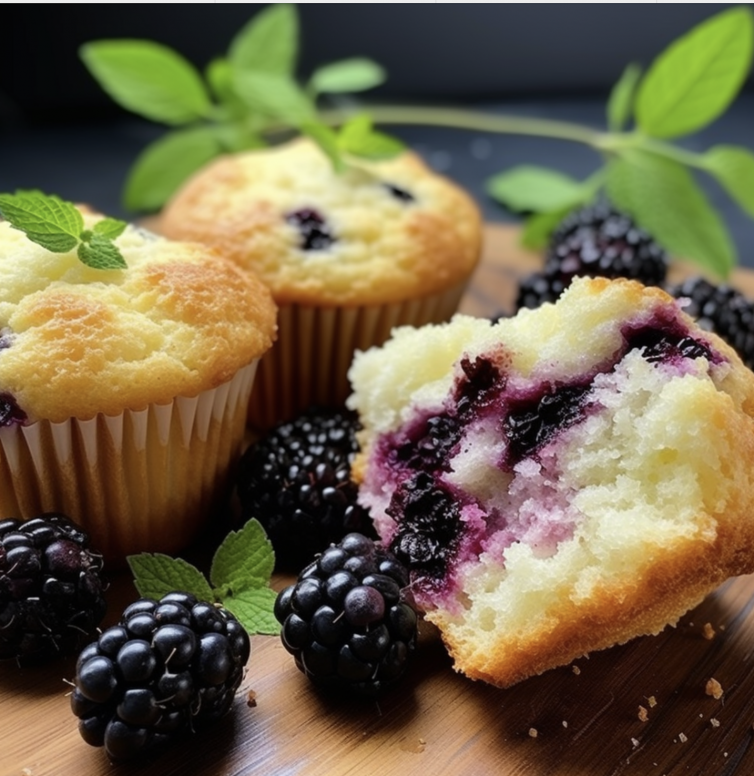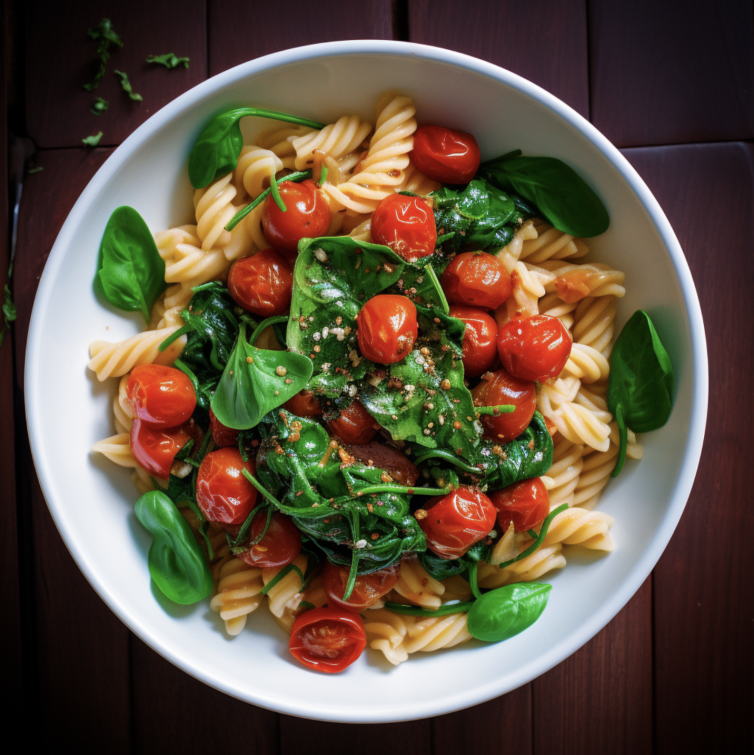CLOU MEDIA – NEUE ÄRA DER FOTOGRAFIE DURCH KÜNSTLICHE INTELLIGENZ

DIE ROLLE DER KÜNSTLICHEN INTELLIGENZ IN DER TRANSFORMATION DER FOTOGRAFIE:
KI wird nicht nur als Analysetool, sondern auch zur Transformation der traditionellen Fotografie eingesetzt. Die Verwendung von KI-Algorithmen ermöglicht ein besseres Verständnis des Kontexts der Fotos, was sich in präziseren Parameteranpassungen niederschlägt.
BEISPIELE FÜR FORTGESCHRITTENE TRANSFORMATIONEN:
KI-Algorithmen können automatisch die Qualität von Fotos verbessern, indem sie Rauschen eliminieren, die Schärfe anpassen und den Kontrast optimieren. Beispiele für die Verwendung von KI umfassen auch das Entfernen unerwünschter Objekte, das Korrigieren von Farben und das Hinzufügen künstlerischer Effekte.
MASCHINELLE LERNALGORITHMEN FÜR MUSTERERKENNUNG:
Maschinelles Lernen kann Muster und Verbindungen in Fotos identifizieren, was eine präzise Analyse ermöglicht. Dank dieser Fähigkeit kann KI Fotoparameter wie Weißabgleich oder Farbsättigung basierend auf dem Kontext und den Benutzerpräferenzen anpassen.
PERSONALISIERUNG DANK ALGORITHMEN:
Ein entscheidendes Element der Rolle von KI in der Fotografie ist die Fähigkeit zur Personalisierung. Lernalgorithmen können die Fotobearbeitung an die individuellen Erwartungen des Benutzers anpassen. Dieser Ansatz ermöglicht es, personalisierte Fotos zu erstellen, die den einzigartigen Stil jeder Person widerspiegeln.
NEUE CHANCEN FÜR DIE FOTOGRAFIE ERSCHLIESSEN:
Künstliche Intelligenz verbessert nicht nur die Qualität vorhandener Fotos, sondern eröffnet auch neue kreative Möglichkeiten, indem sie Experimente mit verschiedenen Effekten und Stilen ermöglicht. Fotografen nutzen KI-Tools, um innovative Kompositionen und Effekte zu schaffen, die zuvor schwer zu realisieren waren.
ZUKÜNFTIGE PERSPEKTIVE:
Die dynamische Entwicklung von KI in der Fotografie legt nahe, dass die Zukunft dieses Bereichs noch aufregender sein wird. Es wird erwartet, dass Algorithmen immer fortschrittlicher werden und eine noch präzisere Personalisierung und Anpassung an individuelle Vorlieben ermöglichen.
New Quality and Possibilities Thanks to AI:
Personalization at Its Highest Level:
Artificial intelligence has redefined personalization in photography. Advanced algorithms analyzing user aesthetic preferences allow for individual adjustments of colors, contrasts, and style, creating unique masterpieces.
Excellence in Detail:
AI not only eliminates noise but also ensures excellence in detail, enabling the capture of every microscopic nuance that might escape the human eye.
Creative Experiments:
Innovative artistic effects made possible by artificial intelligence open new horizons for creators. Photographers can now experiment without limitations with various styles and expressions.
Threats in Light of Technological Progress:
Manipulation and Forgeries:
One of the main concerns is the potential for image manipulation. Advanced algorithms can be used for forging images, posing a risk to the credibility of photography as a means of communication.
Data Security and Privacy:
The introduction of artificial intelligence into photography involves the necessity of storing vast amounts of data. Issues related to data security and privacy thus become inherent challenges of this technology.
Loss of Authenticity:
The increasing ability of AI to flawlessly process images undermines the authenticity of some shots. Photographs are becoming increasingly idealized, leading to a loss of their original character.
Summary:
Artificial intelligence undoubtedly brings new quality and exciting possibilities to the field of photography. However, at the same time, we cannot ignore the potential threats associated with it. The key task is to find a balance between innovation and the protection of authenticity, privacy, and the integrity of photography. In a world where AI shapes the future of photography, it is crucial to maintain a proper distance to reap the benefits of technological progress while preserving respect for the values of originality and data security.

















